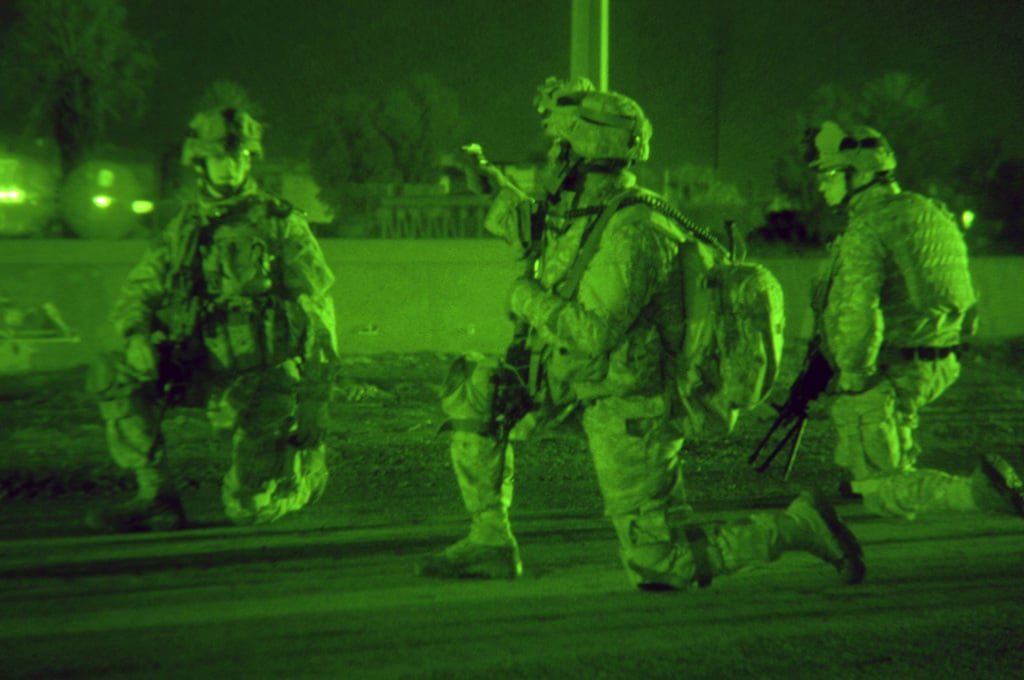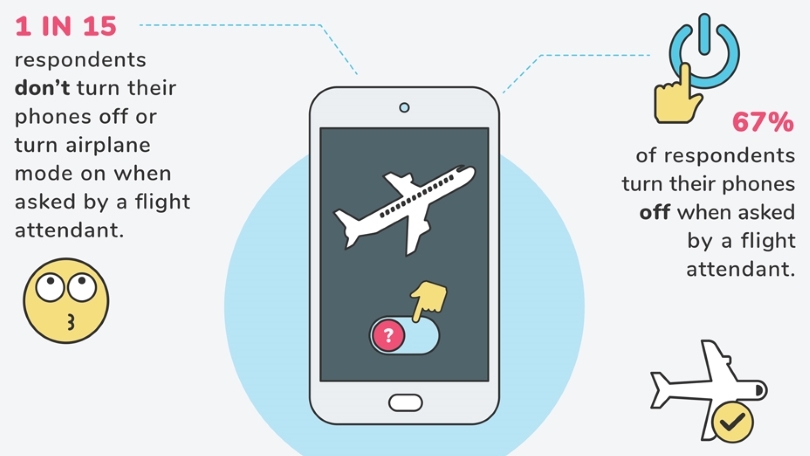In recent years, night vision technology has transitioned from military applications to civilian use, prompting discussions about its value as an investment. This advanced technology enables users to navigate low-light or dark environments, significantly enhancing personal security, recreational pursuits, and overall situational awareness. Night vision devices, including goggles and binoculars, offer transformative benefits, allowing individuals to engage in activities such as wildlife observation, nighttime sports, and enhanced home security, thus enriching experiences in ways that were once considered unattainable. Understanding these advantages is crucial for potential buyers considering the integration of night vision technology into their lives, as it opens up new possibilities for exploration and safety.

Night vision technology has many benefits.
One of the most significant advantages of night vision is its potential to improve security. In a world where safety concerns are ever-present, individuals are increasingly investing in devices that allow them to see and detect intruders or potential threats lurking in the dark. Imagine being able to monitor your property at night, confidently observing your surroundings without the limitations of natural light. This can be particularly beneficial for homeowners in rural areas, where security measures may not be as robust. Night vision technology provides peace of mind, knowing you can keep an eye on your home, family, and belongings even under the cover of darkness.
Beyond security, night vision opens up a world of recreational possibilities. For outdoor enthusiasts, camping becomes an adventurous experience. Consider the thrill of hiking through the woods at night, illuminated by the green glow of night vision goggles. Enthusiasts can observe nocturnal wildlife in their natural habitat, gaining insights into behaviors that are typically hidden from human sight. Stargazing, too, can be enhanced, allowing users to explore celestial wonders while minimizing light pollution from flashlights or other light sources.
The benefits extend even further to those engaged in wildlife observation and photography. Many animals are most active at night, and understanding their habits can contribute to more successful and insightful observations. Night vision technology provides wildlife photographers and enthusiasts the tools they need to document the nighttime activities of animals, adding depth to their understanding of ecosystems.
Of course, the advantages of night vision technology come in two flavors: image intensifiers and thermal imaging. Image intensifiers amplify existing light, making it possible to see in low-light conditions. This technology is prevalent in various applications, such as military operations, law enforcement, and security surveillance. They allow users to engage in activities ranging from hunting to camping, all while ensuring enhanced visibility in the dark. The ability to see clearly at night, where human vision typically fails, can be a game changer.
Thermal imaging, on the other hand, detects differences in heat rather than relying on light. This means that even in total darkness, users can spot warm bodies and objects, making it incredibly useful for search and rescue operations, as well as identifying intruders. The capability to see heat signatures enables users to evaluate their surroundings without the constraints imposed by light, offering an advantage in various scenarios.
As we consider investing in night vision technology, it is vital to understand the cost considerations associated with these devices. The price of night vision equipment can vary widely, influenced by the quality and type of technology being employed. Basic night vision systems can be found for several hundred dollars, while high-end models can run into the thousands of dollars. For many, the decision to purchase a night vision device hinges on its perceived value against the price tag.
Nevertheless, with such a broad array of options available, interested buyers can evaluate their personal needs and budget to find a suitable product. The range of devices available today is more extensive than ever before, making it imperative to research and compare options effectively. As night vision technology becomes more prevalent among civilians, understanding the various features, applications, and costs will be crucial in making informed decisions.
While the benefits of night vision technology are undeniable, potential users should also be mindful of the legal implications surrounding its use. Depending on the region, there may be specific laws and regulations governing the purchase and use of night vision devices. In some areas, restrictions may apply, prohibiting the use of these devices for certain activities or requiring permits for ownership. Failing to adhere to local laws can result in severe consequences, including fines and the confiscation of equipment.
It’s essential to familiarize oneself with the regulations that apply in your area. Researching local laws regarding night vision technology ensures that users can enjoy their devices without legal concerns. In some regions, the legal framework surrounding night vision may be relaxed, while in others, it could be quite strict. Understanding these nuances can make all the difference when considering an investment in night vision technology, as it helps avoid potential legal issues and ensures responsible use.
Night vision technology is endowed with many potential risks and side effects.
In addition to legal implications, potential risks and side effects associated with night vision devices must also be considered. The most common issue reported by night vision users is eye strain. Prolonged exposure to bright lights amplified by night vision technology can lead to discomfort and diminished visual acuity, which can hinder the very benefits these devices are meant to provide. Taking precautions such as wearing protective eyewear, taking breaks, and using devices with adjustable brightness can help mitigate these risks, ensuring a more comfortable and effective experience.
Moreover, extended use of night vision devices may interfere with a user’s natural night vision. Studies indicate that reliance on night vision technology can cause a degradation in the ability to see in low-light environments without the aid of devices. This presents a paradox where users may inadvertently hinder their own vision capabilities, underscoring the importance of balanced usage and awareness of technology’s limitations.
Ultimately, investing in night vision technology comes down to understanding the various facets of its use. The balance between benefits and drawbacks should inform personal decisions about whether to purchase these devices. As night vision technology continues to evolve and find its place in civilian life, it will be essential to remain informed and adaptable, ensuring that we harness its potential while remaining mindful of the implications it carries. By weighing the advantages against the costs, legal considerations, and potential risks, individuals can make educated choices that align with their needs and values, leading to more informed and satisfying decisions.
As night vision technology gains traction among civilians, it is crucial to balance the excitement of enhanced visibility with a comprehensive understanding of its costs, legal implications, and potential risks. While the allure of seeing in the dark can be enticing, these factors warrant careful consideration before making an investment. This section delves into the complexities surrounding night vision technology, providing a holistic perspective that empowers users to make informed choices.
Cost considerations are often at the forefront of discussions regarding night vision technology. The price of night vision devices can range dramatically, influenced by the type and quality of the technology being employed. Basic systems may start at just a few hundred dollars, offering entry-level performance, but for those seeking high-end night vision capabilities, the costs can soar to several thousand.
Prospective buyers should evaluate their personal needs against the price tag of different night vision devices. This means assessing how often the technology will be used, its specific applications, and the desired features. For example, someone looking to enhance their home security may prioritize durability and effectiveness over advanced features, making a mid-range model a sensible investment. On the other hand, wildlife photographers might require top-end models that offer superior image quality and sensitivity, justifying the higher price.
Given the diverse range of options, conducting thorough research is essential. Comparing models based on reviews, features, and costs can highlight the best choices for specific needs. As night vision technology continues to evolve, staying updated on the latest advancements and market trends will be invaluable for consumers seeking the best value for their investment.
In addition to cost, legal implications surrounding night vision technology should not be overlooked. The regulatory landscape can vary significantly from region to region, with some areas imposing strict laws and restrictions on the purchase, ownership, and use of night vision devices. In some regions, civilians may face limitations on how they can use their night vision equipment, such as prohibitions or permit requirements for specific activities like hunting or surveillance.
Understanding local laws is critical for any potential night vision user. Those interested in purchasing night vision devices should familiarize themselves with the regulations that apply in their area to avoid legal complications. In some jurisdictions, these laws may be more lenient, allowing for broader use of night vision technology. However, ignorance of the law could lead to severe penalties, including fines, confiscation of equipment, or even legal action.
Moreover, the potential risks and side effects associated with night vision technology deserve careful consideration. While the ability to see in low-light conditions is undeniably beneficial, over-reliance on these devices can lead to physical and perceptual issues. A common concern among night vision users is eye strain, which can occur when exposed to the intensified light that night vision devices provide. Prolonged use in bright conditions may cause discomfort, reducing visual acuity and impairing the very benefits that night vision technology offers. Taking regular breaks, wearing protective eyewear, and opting for devices with adjustable brightness settings can help mitigate these risks.
Another critical factor is the potential interference with natural night vision. Studies suggest that reliance on night vision devices can degrade a person’s ability to see effectively in low-light conditions without assistance. This paradox can create a situation where individuals find themselves increasingly dependent on technology, losing their innate ability to navigate in darkness. Balancing the use of night vision technology with natural observation skills is essential for anyone looking to maintain their night vision capabilities over the long term.
The balance between the advantages of night vision technology and its drawbacks is a complex yet essential conversation. As night vision equipment becomes more prevalent among civilian users, ongoing education and awareness about the implications of this technology will be paramount. Ensuring that individuals can enjoy the benefits while remaining cognizant of the costs, legalities, and potential risks will lead to wiser decisions and a safer experience, fostering a more responsible and informed user base.
Night vision technology represents a fascinating intersection of innovation and practicality, offering users the ability to explore the night in ways previously thought impossible. However, as with any technological advancement, there are inherent responsibilities that come with its use. By understanding and weighing the costs, legal implications, and risks, potential users can confidently traverse the darkness, harnessing the power of night vision technology while remaining informed and responsible in their choices. As this technology continues to evolve and integrate into civilian applications, being proactive about knowledge and understanding will ensure that we make the most of our night vision experiences—illuminated by both the wonders we can see and the wisdom we cultivate in how we use them, making each experience more enriching.

Night vision technology presents significant potential across a spectrum of applications, ranging from improved security measures to enhancing recreational activities. As we explore this innovative frontier, it is imperative to adopt a cautious and informed approach, which can lead to valuable insights and rewarding experiences in low-light conditions. By embracing this technological advancement with a comprehensive perspective, we can ensure that our ventures into the night remain safe, responsible, and fulfilling, allowing us to fully appreciate the benefits while mitigating the risks.
Related posts:
Civilian Night Vision: Worth the Investment?





